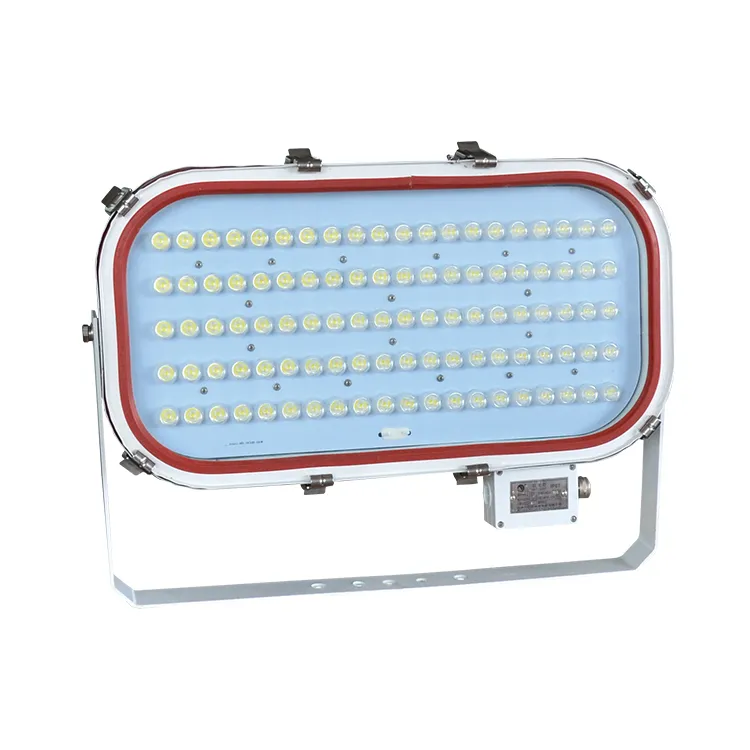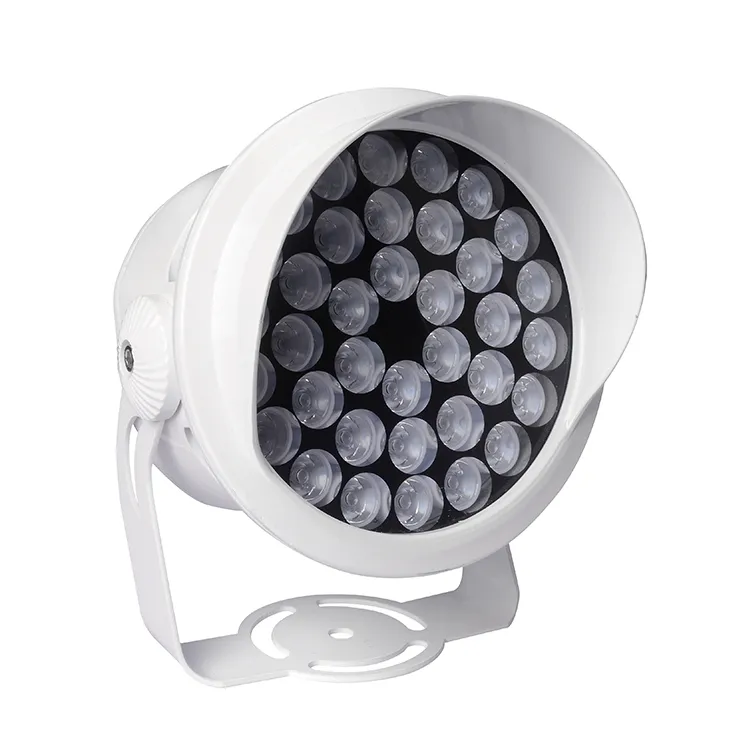Uses of marine flood lights
Marine flood lights are a type of marine lighting equipment widely used on ships, docks and offshore platforms, search and rescue. They provide wide-angle, uniform illumination and can illuminate larger areas such as decks, work areas and cargo loading and unloading areas. Can improve the safety and efficiency of nighttime operations, helping crews navigate and perform various tasks. They can also enhance vessel visibility and reduce the risk of collision with other vessels.

Features
Marine Flood Light are designed for use in harsh marine environments. They are made of corrosion-resistant materials, such as stainless steel or aluminum alloy, and feature waterproof and dustproof seals to prevent the intrusion of salt water and moisture. Many marine floodlights have high protection ratings, such as IP67 or IP68, which means they can withstand harsh weather and submersion in water.
LED floodlights are known for their high efficiency, long life, and low maintenance requirements. Compared to traditional halogen lamps, LED lights consume less electricity, generate less heat, and can continue to work for tens of thousands of hours without replacement.
Different types
There are many types of marine flood lights, suitable for different application scenarios:
- LED floodlights: use LED as the light source, high efficiency, long life, and low maintenance requirements.
- Halogen floodlights: use halogen bulbs, which are cheap, but less efficient and have a shorter life.
- Metal halide floodlights: produce bright white light, high efficiency, but more expensive.
- High pressure sodium floodlights: emit orange-yellow light, high efficiency, but poor color rendering.
- Remote control floodlights: The direction and angle of the beam can be remotely controlled, with high flexibility.
Differences between marine flood lights and marine spotlights
Marine flood lights and marine spotlights differ in design and application:
- Lighting pattern: Floodlights provide wide-angle, even illumination, while spotlights produce a narrow, concentrated beam.
- Illumination distance: Spotlights have a longer illumination distance than floodlights and can illuminate targets farther away.
- Application scenarios: Floodlights are suitable for illuminating large areas, such as decks and work areas, while spotlights are used for navigation, searching, and identifying distant objects.
- Appearance: Floodlights are usually square, while spotlights are mostly round.

What is the appropriate lumen for marine flood lights?
The lumen rating of a marine flood light depends on the specific application and the required illumination level. Generally speaking, larger areas require higher lumen ratings. Here are some common lumen ranges:
- Small floodlight: 2,000-10,000 lumens
- Medium floodlight: 10,000-30,000 lumens
- Large floodlight: 30,000-100,000 lumens
Choose the right flood light based on your needs
To choose the best marine floodlight for your needs, consider the following factors:
- Application scenario: Determine whether the floodlight will be used to illuminate a deck, work area, or other area.
- Required brightness: Choose a floodlight with the right number of lumens, depending on the size of the area and the type of activity.
- Beam angle: Wide-angle floodlights are suitable for lighting large areas, while narrow-angle floodlights provide a more concentrated beam.
- Durability: Choose a floodlight with a high protection rating (such as IP67 or IP68) and corrosion-resistant materials to withstand the harsh marine environment.
- Efficiency and lifespan: LED floodlights are a good choice due to their high efficiency, long lifespan, and low maintenance requirements.
- Budget: Choose a floodlight that fits your budget while meeting your lighting needs.





